A microwave -driven rocket proves through the drone project that this is possible
Author:Astronomy online Time:2022.08.28
But there are still a lot of work to do
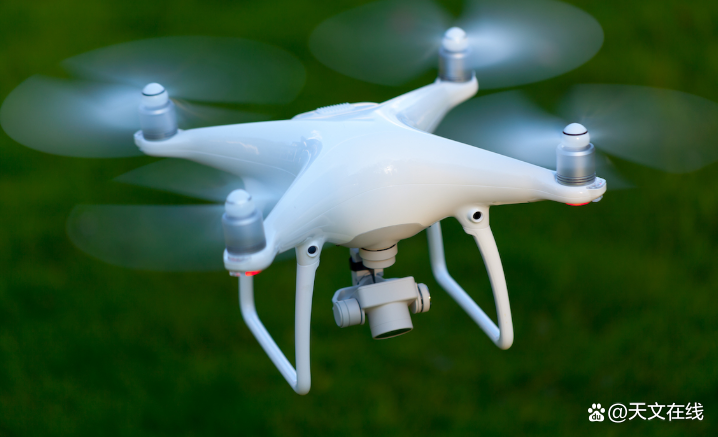
Drone is flying
(Image source: Getty Picture Club)
Japanese researchers are using microwave to provide power for free flights of drones. This project may pave the way for the development of a new type of rocket.
At present, most rockets produce thrust by controlling the explosion of solid or liquid fuel sources. This fuel source can account for 90%of the total weight of the Rockets. However, a new study published in Journal of SpaceCraft and Rockets proposed the potential of using a replacement fuel "microwave".
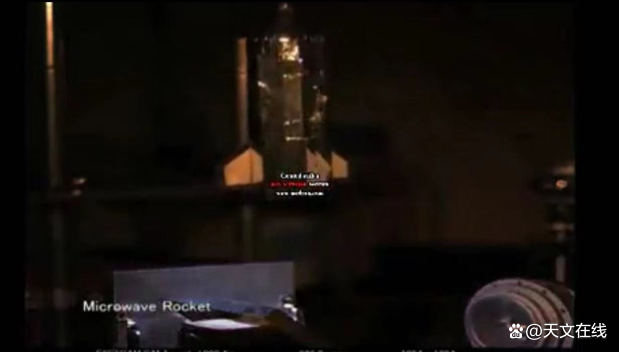
Microwave is an electromagnetic radiation. Therefore, they are full of energy that can be converted into electrical energy, just like solar panels can convert sunlight into electrical energy. In this new study, the researchers transmitted microwaves to the free -flying drone directly to provide fuel for them.
"In the drone experiment, the microwave energy is sent from the ground antenna to an antenna on the drone. The rectifier is used to convert radio frequency to DC and DC power supply to drive the drone. "Treant+antenna)," One of the authors of this new study, Shimamura Hangping, the University of Tsukuba, told Space in an email.

UAV Experiment Construction
The setting of drone experiments includes a microwave launch antenna and free flying drones. (Image source: Shimamura Hao Ping)
In the past, low -frequency waves were used when the microwave was promoted, but the efficiency of power transmission would also be improved when the frequency was increased. Considering this, the research team used a high frequency (28GHz) to hang a 0.9 pound (0.4 kg) drone from the ground.
In front of the microwave beam, the emission energy enables the drone to reach a height of about 2.6 feet (0.8 meters) in 30 seconds. Shimamura said in a statement: "We use a complex beam tracking system to ensure that the drone receives as much microwave power as possible."

In the experiment, the launch of the microwave was captured by 30%of the drone, of which 40%were converted to electricity to advance.
Related reports: Why do microwave beam experiments on the mysterious X-37B spacecraft of the Air Force
Shimamura said: "These results show that we need to do more work to improve transmission efficiency, and strictly evaluate the feasibility of this promotion method on airplanes, spacecraft and rockets." "Future research should also be committed to improving The beam tracking system and the increase of the transmission distance that we have proved by our experiments. "
Although this new study shows the potential of microwave propulsion, this technology is still in its infancy to a large extent, especially when considering its potential use in rocket flight.

"Our biggest challenge is to allow microwave tracking rockets, and until it reaches the height of 100 kilometers (about 62 miles). To achieve this, it is necessary to control the phase of the thrust and microwave. The phase of multiple microwave sources is also a challenge in the future, "Shimamura told Space via email. "Cost is a major issue and a technical challenge. Building a high power source of a few mega watts is equivalent to building a nuclear fusion power plant, and the current cost of launching rockets is very high."
Rockets (derived from Italian: Rocchetto, ignited, 'bobbin/spool') [nb 1] [1] is a spacecraft, airplane, transportation, or launcher that obtains thrust from the rocket engine. The exhaust of the rocket engine is completely completed by the promotion fuel carried by the rocket. The working principle of the rocket engine is to play a role and counter -effect. It can promote the rocket forward through high -speed discharge of exhaust gas in the opposite direction, so it can work in real vacuum.
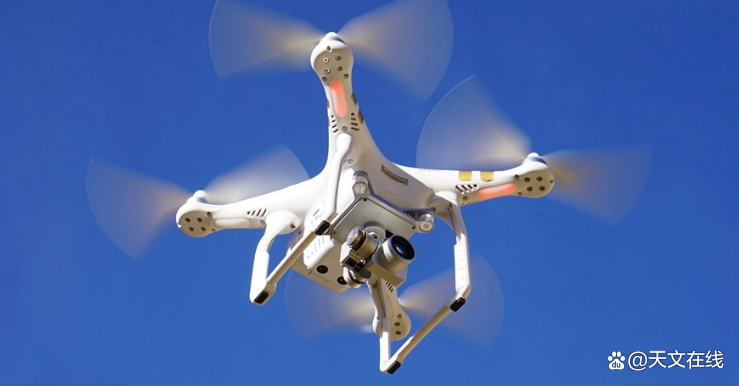
In fact, rockets are more efficient in work in space. Multi -stage rockets can reach the speed of separation from the earth and can reach the maximum height of infinite height. Compared with the inhale engine, the rocket's weight is light and power, which can generate a large acceleration. Rockets control flying by relying on stroke, wing type, auxiliary reaction engine, universal thrust, dynamic wheel, exhaust bias, pushing agent flow, rotation, or gravity to control flight.
Rockets used for military and entertainment can be traced back to China in the 13th century. It was not until the 20th century that major science, interstellar, and industrial applications appeared. At that time, rocket technology included boarding the moon, which was a promotion technology in the space age. Rockets are now used for fireworks, missiles and other weapons, ejection seats, artificial satellite launch tools, manned space and space exploration.
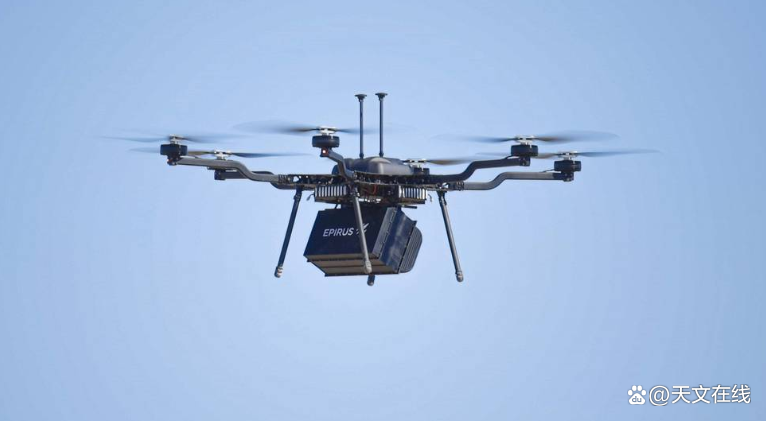
Chemical rockets are the most common high -power rockets, and high -speed gases are usually generated with combustion of fuel and oxidant. The storage fuel can be a simple pressure gas or a single liquid fuel. Under the action of the catalyst (unit fuel), the two spontaneous response liquid contact (spontaneous combustion pushing agent). Coal oil (RP1) and liquid oxygen, used in most liquid pushing agent rockets), solid combination (solid fuel) of fuel and oxidant, or solid fuel and liquid or gas oxidant (mixed propellant system). The chemical rocket stores a lot of energy in a form of easy release, which is very dangerous. However, carefully designing, testing, construction and use can minimize risks.
By: scott dutfield
Fy: Yin Yiting
If there is related content infringement, please contact the author to delete the reprint after the work is released.
- END -
"Not only the boat, but also the mission"

Author | Han Yingtao, Tao Yao, Zeng Tao, Ma XiaoyuJuly 15thSouthern Theater Navy's...
up to date!Russian Ministry of Defense: The Russian army destroyed the "Cheetah" air defense tank provided by Germany!Wu atom Energy Company: If Russia does so, the Ukraine may destroy the transmission line of the nuclear power plant
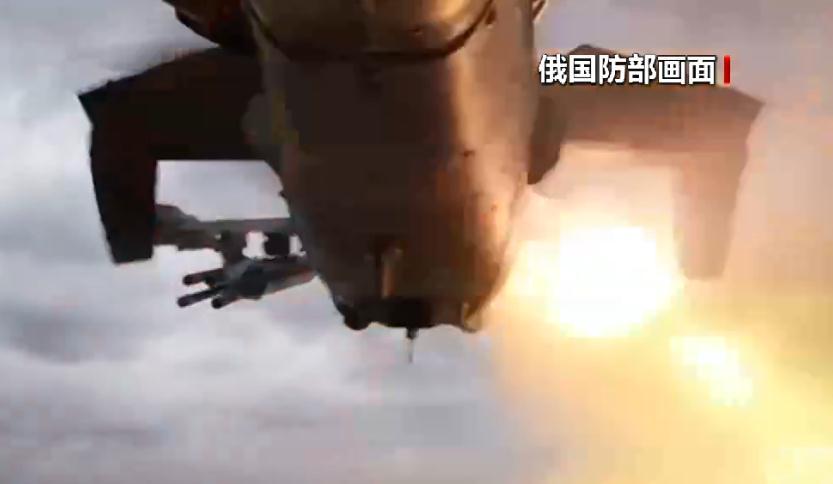
According to CCTV News on August 10, according to the Russian Ministry of Defense,...